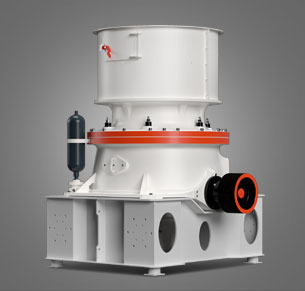A high-tech speed pin mill is an advanced grinding machine designed for ultrafine and precision particle size reduction in various industries, including pharmaceuticals, food, chemicals, and minerals. Here’s a detailed breakdown of its features, working principles, and applications:
—
 Key Features of High-Tech Speed Pin Mills:
Key Features of High-Tech Speed Pin Mills:
1. Ultra-High Rotational Speed
– Typically operates at 10,000–20,000 RPM, enabling intense centrifugal forces for fine grinding.
– Achieves particle sizes in the range of 10–500 microns (adjustable based on settings).
2. Pin Disc Design
– Equipped with interlocking pins (rotor and stator) for high-impact shear and collision grinding.
– Pins are often made of hardened steel, tungsten carbide, or ceramic for wear resistance.
3. Advanced Cooling Systems
– Liquid cooling or air ventilation prevents heat buildup in heat-sensitive materials (e.g., APIs, spices).
4. Variable Frequency Drive (VFD)
– Allows precise control over rotor speed to optimize fineness and throughput.
5. Material Options
– Stainless steel (316L/304) or ceramic-lined for corrosion resistance (important for food/pharma).
6. Closed-Loop Systems
– Some models integrate classifiers (e.g., dynamic air classifiers) for real-time particle size control.
—
Working Principle:
1. Feed Material Introduction: Powder enters the grinding chamber via a screw feeder or pneumatic system.
2. Impact & Shear Grinding: High-speed rotating pins collide with stationary pins, breaking particles through impact and attrition.
3. Particle Separation: Finer particles exit through a screen or are carried by airflow to a collection system (cyclone/bag filter).
—
 Advantages:
Advantages:
– High Efficiency: Faster than traditional ball mills or hammer mills for fine powders.
– Scalability: Lab-scale to industrial production models available.
– Low Contamination: Minimal metal wear due to advanced materials.
– Versatility: Suitable for brittle, fibrous, or semi-hard materials (e.g., sugar, pigments, minerals).
—
Applications:
– Pharmaceuticals: Micronization of APIs, excipients.
– Food Industry: Spices, flour, starch grinding.
– Chemicals: Dyes, pigments, agrochemicals.
– M





Leave a Reply